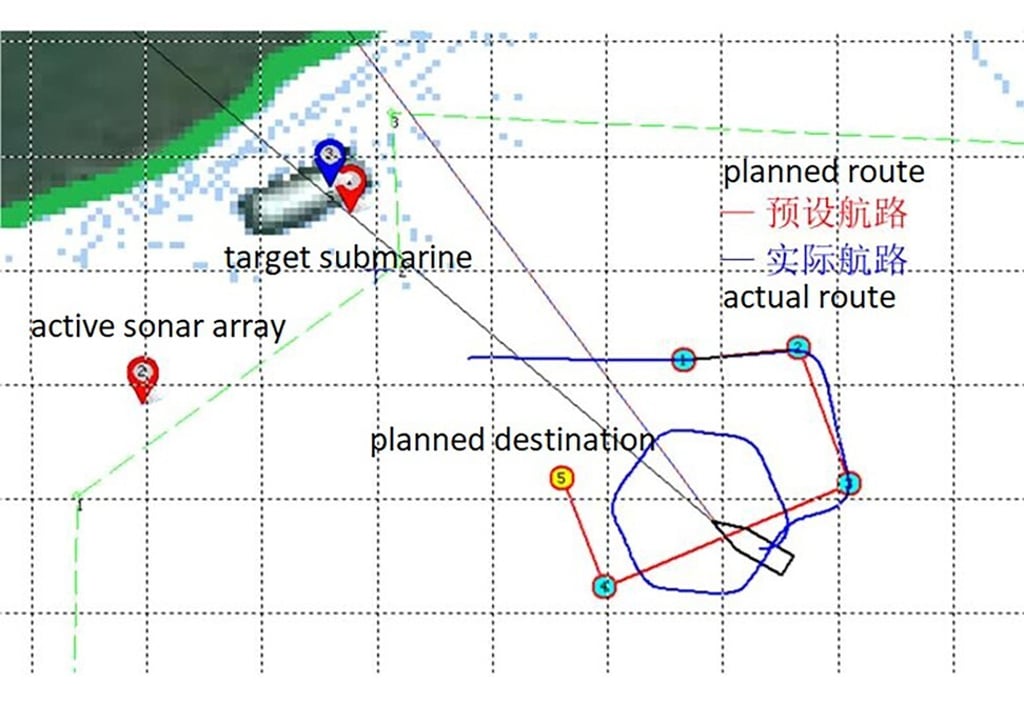China reveals secret programme of unmanned drone submarines dating back to 1990s
- Drone submarine test-fired in Taiwan Strait without human input, declassified details suggest
- Testing showed it could detect a mock craft, use artificial intelligence to identify its origin, and hit it with a torpedo

A research team in China has unveiled an underwater drone that can recognise, follow and attack an enemy submarine without human instruction.
It is unclear why China has now declassified details of the test, but the tension over the Taiwan Strait has recently escalated to its highest point in decades. Countries such as the United States and Japan have raised the possibility of military intervention if Beijing, which views Taiwan as part of its territory, tries to take the island by force.
These robotic drones are now working mostly individually, but with technological upgrades could patrol in packs, according to Professor Liang Guolong and colleagues from Harbin Engineering University, China’s top submarine research institute.
A variant of the sub could be planted on sea floors and activated in the event of a clash or war.
